Bike Perfect Verdict
Superb construction, waterproof and frost-free footwear but the firm RideGrip PRO rubber compound means the Leatt 7.0 HydraDri just isn’t locked in like a Five Ten shoe. The sole is hard-wearing and has a nice amount of flex but there’s more slip than grip and it just gets worse when it’s really cold.
Pros
- +
Excellent insulation and waterproofing
- +
Easy front foot access
- +
Roomy, unrestrictive and space for a thicker sock
- +
Elasticated cuff minimizes water ingress
- +
Simple one-handed pull toggle lace system
Cons
- -
Harder rubber compound compromises pedal bite
- -
Only average heel and crank clearance
- -
Expensive compared to the competition
- -
Limited range and no half sizes
Why trust BikePerfect
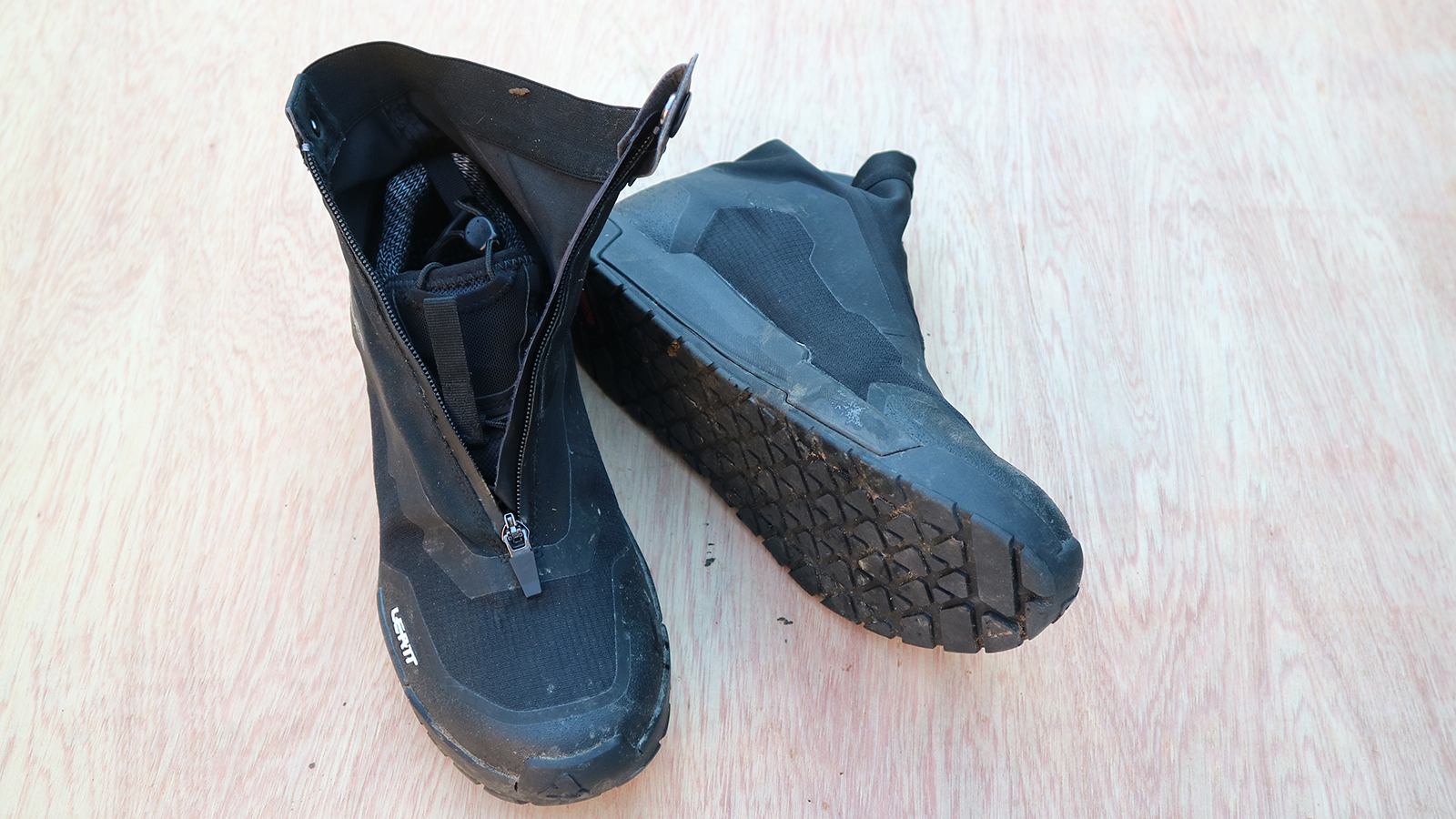
When it comes to winter footwear flat pedal riders are totally underrepresented. There are only two waterproof boots we know of with a flat sole, the Vaude AM Moab and the Five Ten GTX. Leatt’s new 7.0 HydraDri winter boot increases the number to three and as you can see is a slightly different take on the winter boot using a fully-sealed cover.
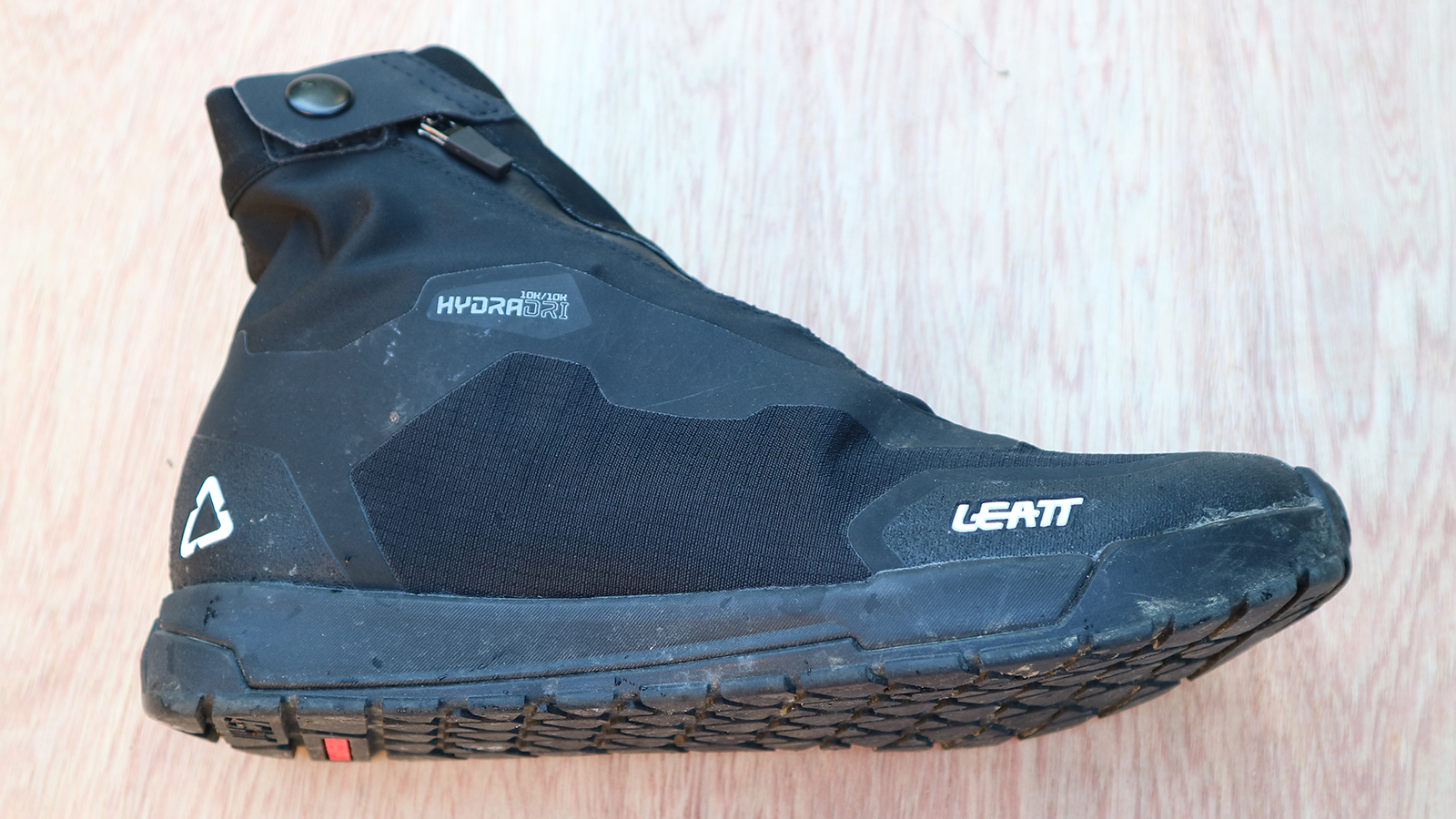
Design and specifications
Rather than the membrane being incorporated into the boot, the 7.0 HydraDri uses a sort of attached overshoe, a bit like the Giro Blaze MTB we featured in our Clipless Winter Boots buyer's guide. Not only does this semi-fitted cover create an air gap to add warmth, it’s also less constricting. The loose fit allows the cover to move with you, making the boot easier to get on. To speed up access Leatt runs a full zip down the front of this boot and uses a micro lace system with a toggled drawstring, which you can tighten easily with one hand.
The membrane is an in-house HydraDri that according to company, has a claimed waterproof and breathability rating of 10K. These figures wouldn’t be anything to write home about on the label of a waterproof jacket but when it comes to winter footwear breathability is not so important, you just want the material to keep your feet dry. However, that does depend on the weather because with winters in some areas becoming much milder, breathability may become more of a factor. That said, I’ve never heard anyone complain on a winter ride that their feet are too hot.
Some winter boots, notably the Five Ten GTX, are quite narrow and tapered but Leatt has opted for a wider last, so there’s more space for your feet to spread out and also room for a thicker sock. Overall, the 7.0 HydraDri just feels more comfortable and warmer than the Five Ten GTX and also the majority of the clipless winter boots I’ve tested recently, such as the Shimano MW7 XC.
Since the last is a little wider the 7.0 HydraDri’s sole is wider too. There’s more support and more protection although this does impact on chainstay and crank clearance. The chevron shaped sole offers good mechanical grip and the toe and heel areas also feature ‘mudflow’ channels, which is just a more open tread, for off-the-bike hikes.
The nylon face fabric is heavy duty rip-stop but Leatt also adds some texture panels at the heel and toe. There are some nice little details including internal pull tags, a storm flap on the waterproof zip and a stretchy press-stud collar. The creates a snug fit around the ankle and stops water running into the top of the boot.
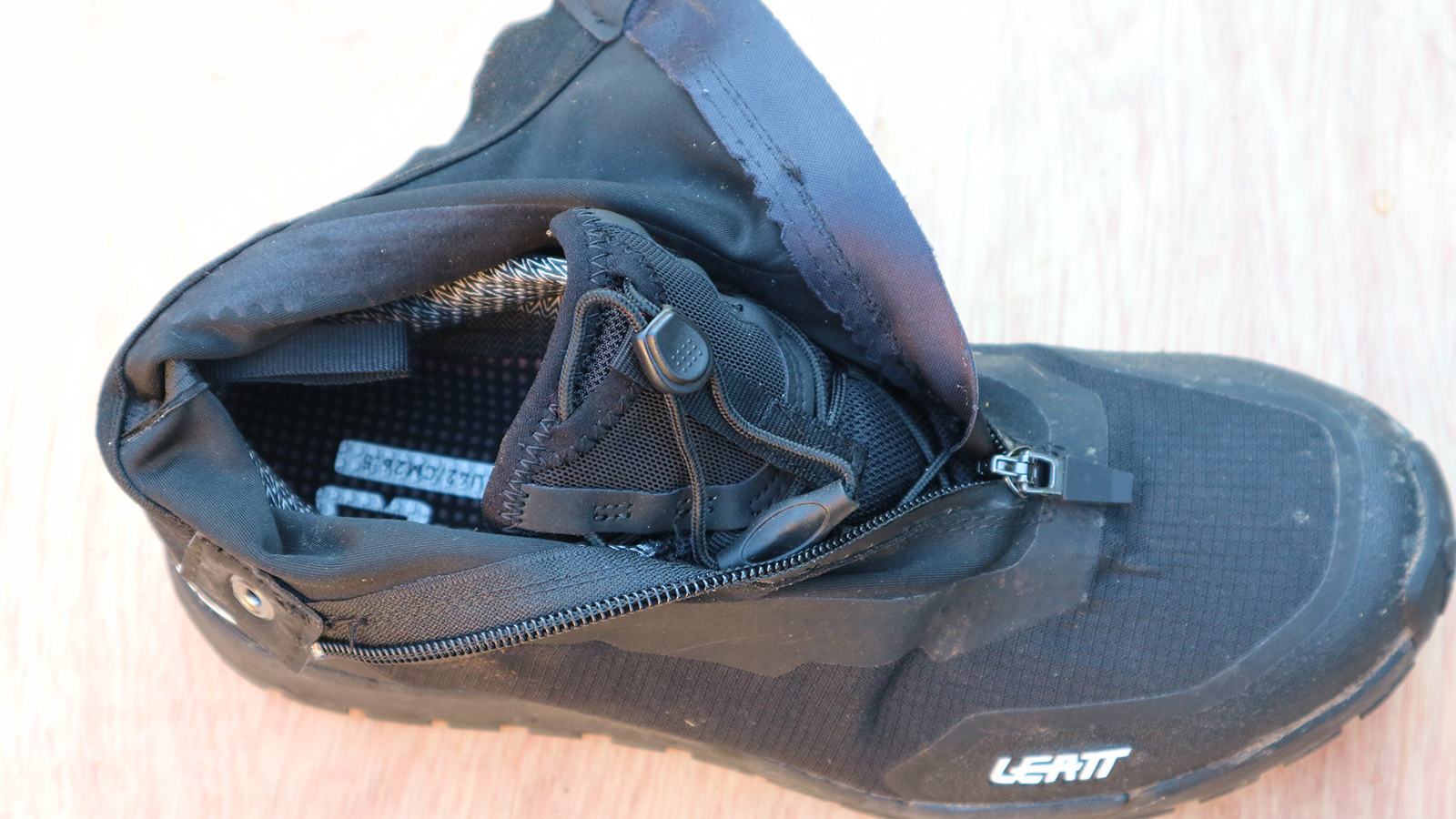
Performance
The 7.0 HydraDri does keep the wet out. It’s also toasty warm and super easy to get into, which I find puts less stress on the materials. With boots that are hard to get into you can end up ripping the neoprene material or compressing the heel as you wiggle them on.
I also can’t fault the comfort but, unfortunately, the grip is not of the same level. The sole features Leatt's RideGrip PRO compound, which is much harder than the Stealth rubber used on the Five Ten GTX. I measured the durometer and rebound characteristics and it’s like the difference between riding a firm Maxxis tire over a Super Tacky. Leatt says the rubber is hard-wearing and that is true, there’s very little wear especially where the pedal platform contacts the sole, but in wet and muddy conditions you really need high grip levels from a flat pedal shoe. This one just doesn’t feel as locked in, and more so when it’s cold, because the rubber is just harder.
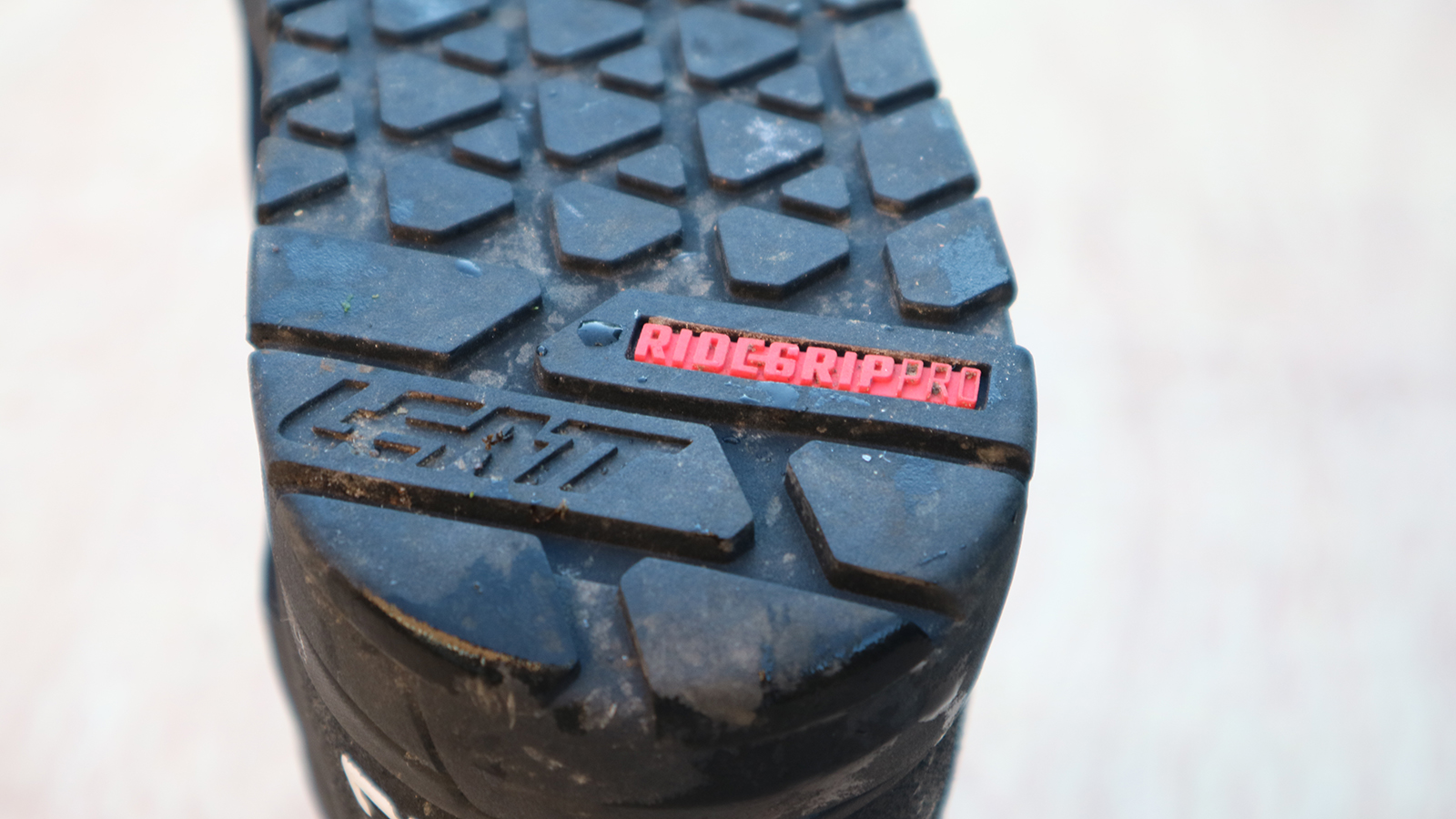
Verdict
The Leatt 7.0 HydraDri is warmer, more comfortable and easier to get into than the Five Ten GTX. The build quality is better too, but when riding flat pedals, especially in cold and wet weather, grip is king. To take the flat winter boot crown, the Leatt 7.0 HydraDri simply needs a softer rubber sole.
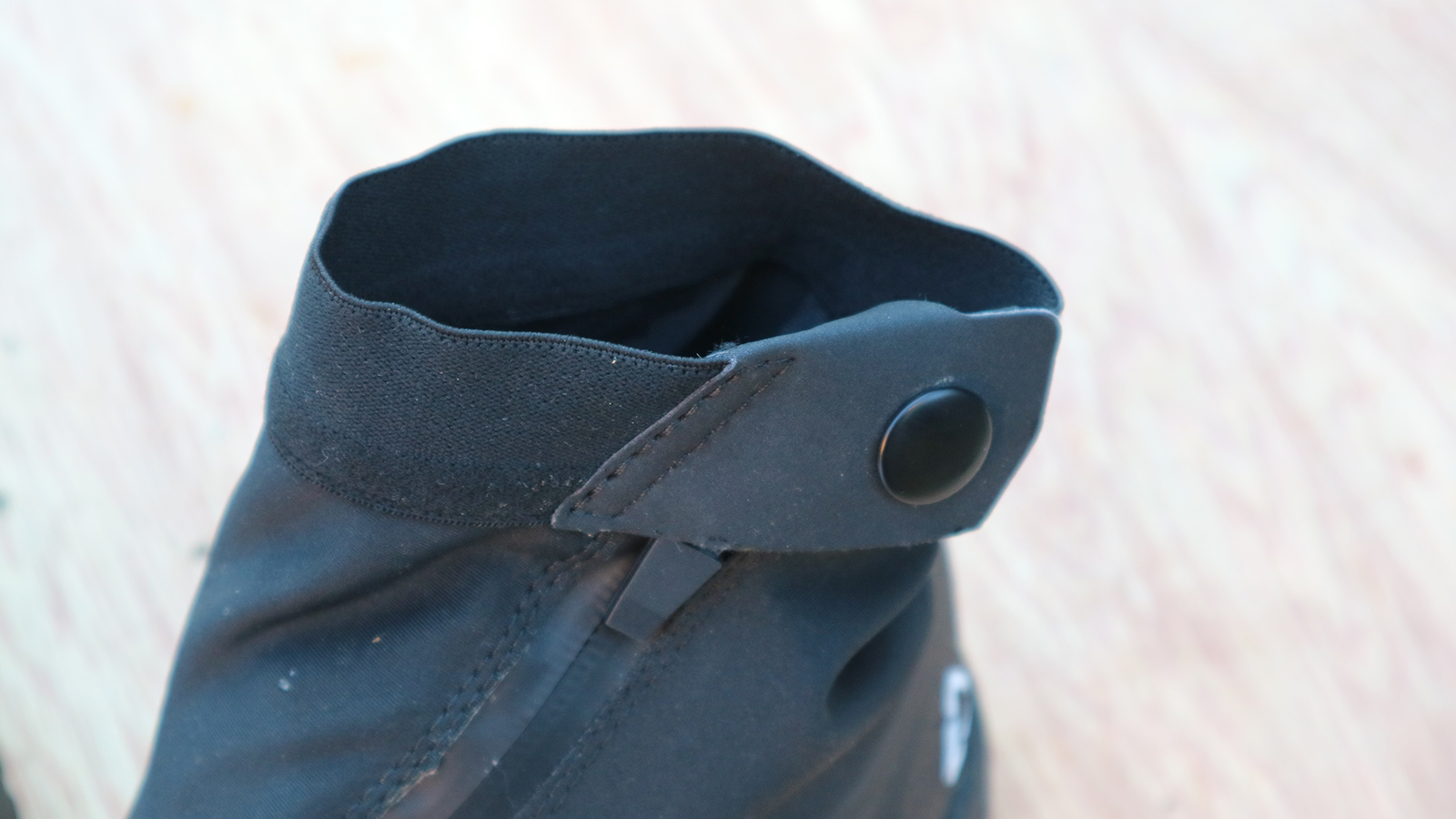
Tech specs: Leatt 7.0 HydraDri winter boot
- Price: $189.99 / £189.99 / €209.00 / AU$340.46 / CA$189.99
- Weight: 859g (pair)
- Size: 40-48 (6.5-11.5)
- Rival products: Five Ten GTX
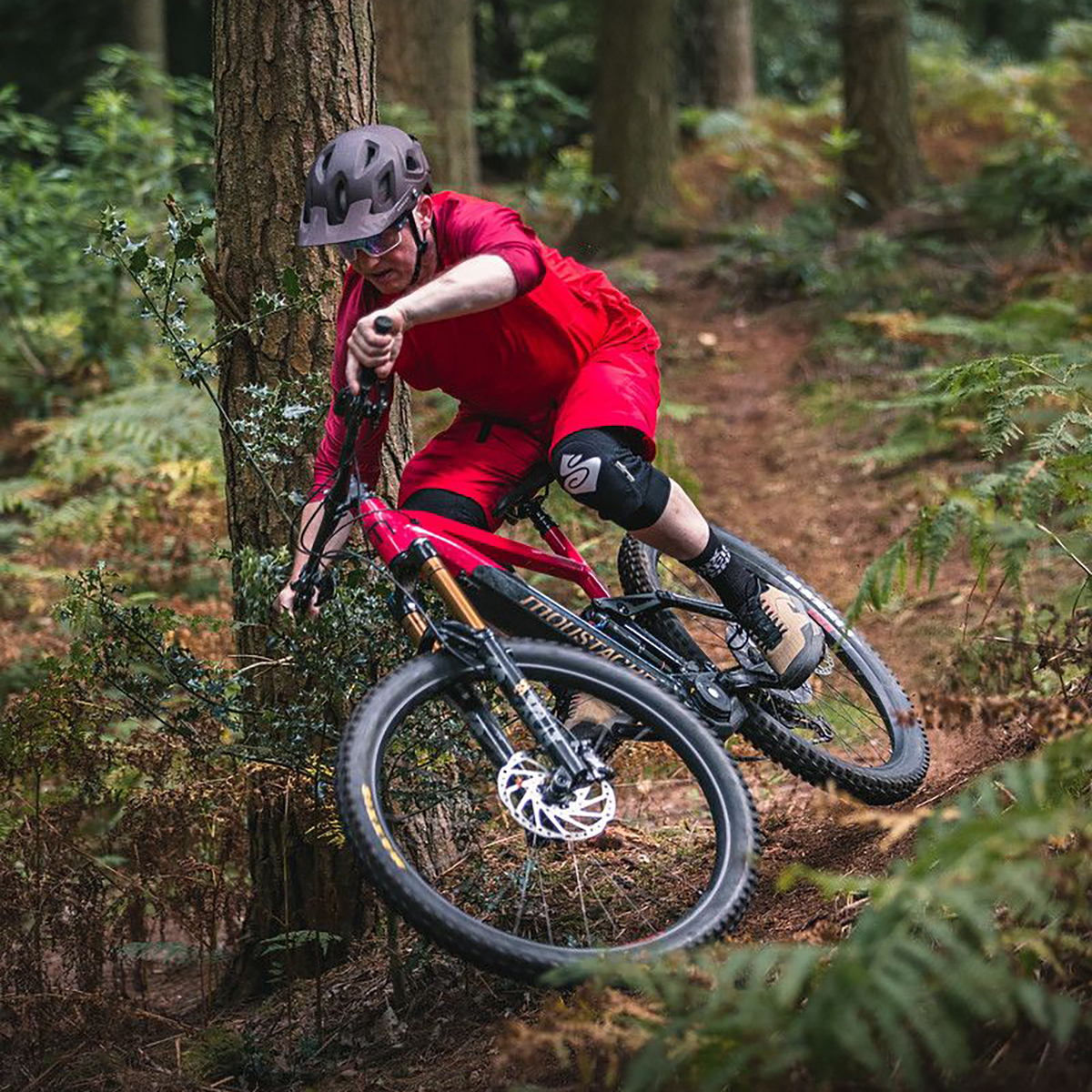
Paul has been testing mountain bikes and products for the best part of 30 years, he’s passed comment on thousands of components and bikes, from the very first 29ers and dropper posts to latest e-MTBs and electronic drivetrains. He first put pen to paper for Mountain Bike International magazine but then contributed to What Mountain Bike, Cycling Today and Cycling Weekly magazines before a 20 year stint at MBR magazine. An ex-elite level XC racer, he’s broken more bones than records but is now sustained on a diet of trail building, skills coaching and e-bike trail shredding.

